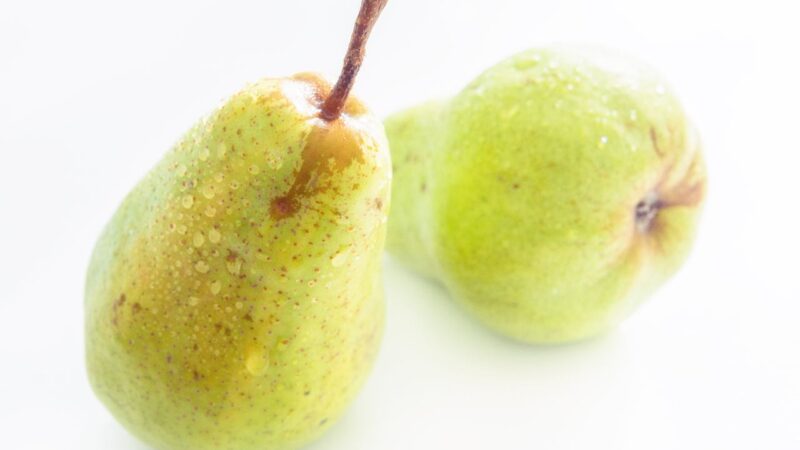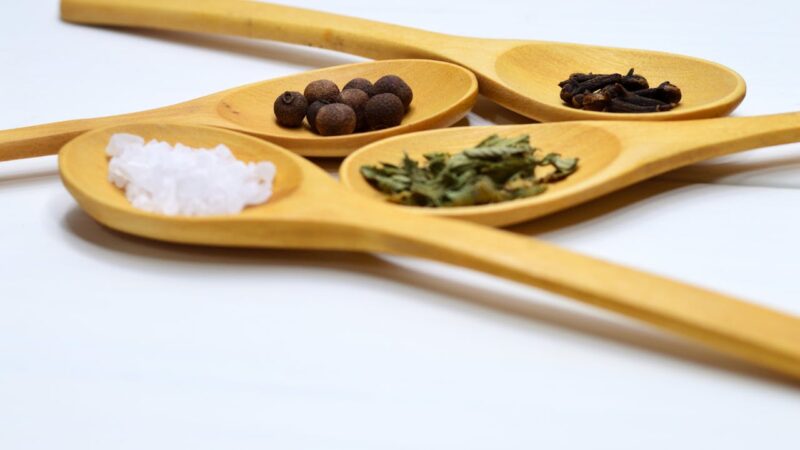Is Watermelon Safe to Eat? How to Spot Chemically Injected Fruits

Watermelons are a refreshing way to beat the summer heat, but did you know they could be chemically injected? Recent viral videos have exposed this troubling practice, showing how some sellers use chemicals to enhance the color and sweetness of watermelons.
Hidden Danger in Your Summer Fruit
Mangoes are often ripened with carbide, but watermelons can be injected with artificial colors and sweeteners. A viral video from The Social Junction shows a masked man injecting chemicals into a watermelon, demonstrating this unsettling practice. These injections are used to make the watermelon look more appealing and last longer, but they come with potential health risks.
Why Sellers Use Chemicals
Sellers inject watermelons with chemicals like Erythrosine-B (Red-B) to give the fruit a bright red hue, improve sweetness, and extend shelf life. This practice helps meet the high demand for watermelons during summer. However, consuming these chemically enhanced fruits can be harmful.
Also Read: Earthen Cookware: NIN’s Preferred Choice for Nutrient-Rich Meals
Health Risks of Chemically Injected Watermelons
Deepali Sharma, a clinical nutritionist at CK Birla Hospital in Delhi, warns that chemicals used in these injections can cause serious health issues. Calcium carbide, often used for ripening fruits, produces acetylene gas, which can contain harmful substances like phosphorous hydride and arsenic. These chemicals can lead to vomiting, weakness, skin ulcers, headaches, memory loss, and even food poisoning. Long-term consumption can damage liver and kidney functions.
How to Identify Chemically Injected Watermelons
It can be tricky to spot chemically treated watermelons, but there are some signs to look out for:
- Unnatural Color: Overly vibrant or uniformly red watermelons might be chemically treated.
- Texture: Watermelons that are soft in some spots and firm in others could be tampered with.
- Cracks: Unusual cracks on the rind may indicate chemical injection.
- Vendor Trust: Purchase from trusted vendors known for selling organic produce.
Tips for Safe Consumption
Kanika Malhotra, a Delhi-based dietician, suggests not relying solely on the outer appearance of the fruit. She advises peeling and washing fruits thoroughly before eating to reduce the risk of consuming chemicals.
FSSAI’s Simple Test for Adulteration
The Food Safety and Standards Authority of India (FSSAI) offers a simple test to check for Erythrosine-B:
Cut the watermelon and slice it in half.
Dab a clean cotton ball onto the pulp.
If the cotton ball turns red, the watermelon likely contains chemical dye.
Also Read: Science Behind a Muscle-Building Breakfast
Shopping Smart
To avoid chemically treated watermelons, follow these tips:
- Known Vendors: Buy from vendors who prioritize fresh, organic produce.
- Visual Inspection: Choose watermelons with natural-looking colors and consistent firmness.
- Thump Test: A ripe watermelon should have a deep, hollow sound when tapped.
- Green Spot: Look for a creamy yellow or orange spot on the underside, indicating it ripened naturally on the vine.
Watermelons can help you stay cool in summer, but it’s essential to ensure they are safe to eat. By following these tips, you can enjoy this refreshing fruit without compromising your health.










